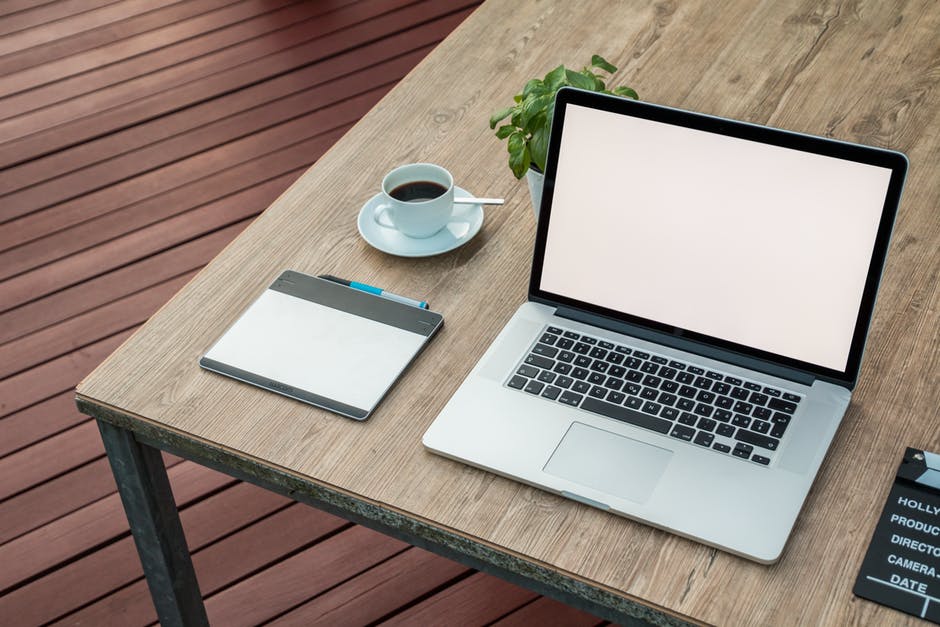11+ Ways to Write Formal E-mail Examples to Download
In this digital age, people usually communicate with each other through the internet particularly in electronic mails, or widely known as emails. Through e-mail, you can send lots of letters to your friends, co-workers, families, and acquaintances without cost. You can also send pictures, files, documents, audios, and videos through e-mail. Companies also use e-mail communication regularly to send messages to hundreds of employees. Additionally, professors also use e-mails to communicate with their students.
These types of communication are often professional and formal; so small talk or conversational types are not that suitable for this type of communication. If you need to write to your professor, boss, organization, business contact, or any recipient that requires formal messaging, you need to follow a strict protocol. You may also see professional email examples.
Making formal e-mails may be sort of a drag but it is there to show professionalism and respect. Making formal e-mails are not as hard as you think it is. All you need to focus is to make your message clear and concise. Here are a few guidelines to help you in writing a formal e-mail.

1. Use a Professional Email Address
When communicating for school or for work, your e-mail address should sound formal too. Your professional email address should be a variation of your real name; not some random username or nickname. Use periods, hyphens, or underscores to secure an e-mail address that’s just your name, with a variation of 1-2 digit numbers if your real name is already taken. Don’t use an email add that is something like **************
Example:
- **************
- **************
2. Use a Professional Font
Most email websites, such as Google Mail or Yahoo Mail, allow you to have an option to write using a variety of font styles. Although it is fun and decorative to use wacky fonts, in formal emails however, keep things conservative and formal and use fonts like Times New Roman and Arial. It’s best to avoid decorative fonts like Comic San or Old English. You may also see interview email examples.
Also, follow these following format for your font:
1. Your font size should be the standard 12 point type. Avoid using a tiny font size that is impossible to read or gigantic fonts that seems daunting to the reader.
2. Don’t use special styles like italics, highlighting, or multicolored fonts unless they are necessary by the content and purpose of the email. You may also see business email.
3. Avoid using all caps. These make it seem like you are shouting at the recipient.
3. Use an Incisive Subject Line
Use keywords in the subject line that mean exactly what you are writing about in just a few words. This helps make sure that your recipient won’t overlook your email because the subject line is missing, is too vague, or suggests the email is irrelevant.You may also see email examples.
Example:
1. “Schedule, Guest List, Lunch Requests, and Meeting Overview for June 10th,” on the other hand, is overwhelmingly long and covers several topics. You may also see networking emails.
2. “Meeting RE: Faulty burglar alarm on March 12th,” is a good example for a subject. It is short and straight to the point. It alerts your recipient of the primary topic and a specific date. You may also see meeting email samples.
4. Use a Proper Salutation
Always start your formal email with a salutation. Addressing the recipient by name is recommended. Don’t forget to include the person’s title (e.g. Mr., Mrs., Ms., Dr., etc.) with their last name, followed by a comma or a colon. You can precede the salutation with “Dear…” if you like. You may also see introduction emails.
Example:
Dear Dr. Idle:
Dear Miss Bennet:
Dear Mr. Darcy:
1. However, if you’re not sure you know the name of the person you’re writing to, use a salutation like “Dear Sir/Madam,” “Dear Sir or Madam,” or “To whom it may concern.”
2. Avoid using “Hello,” “Hey,” “Hi,” “Yo,” or other casual salutations.
5. Introduce Yourself in the First Paragraph (if necessary) and Prioritize the Most Relevant Information
If you are writing to someone you don’t have an existing relationship with like a new customer, hiring manager, or a government official; it is best to tell them who you are and what is the purpose of your letter. This makes the purpose of your e-mail clear. Do this in the first sentence or two of your email. You may also see feedback emails.
Example:
“My name is Charles Bingley and I am contacting you to apply for the food specialist assistant position listed in the Daily Gazette last Tuesday, April 14.”
This is a good example when writing to an employer.
6. Get to the Point
Beating around the bush will lose your reader’s interest since it makes it harder for them to figure out what you want or need from them. Be direct about the purpose of your e-mail. Don’t forget to be polite. You may also see complaint emails.
Example:
Don’t – For instance, while writing to a professor, don’t write unnecessary things like: “This is Charlotte Lucas. Do you remember me? English 3 is my favorite class right now. I love the way your lectures are so full of substance. I can always follow along and know what will be on the quizzes and exams. And speaking of exams, I was thinking about the next exam that we might have.”
Do – Instead, just get to the point: “This is Charlotte Lucas. I’m a student in your English 3 class, and I’m writing about a potential exam time conflict. During that date, I will have my regular monthly appointment with my doctor.”

7. Keep it Short
Actually, there is no set length on how long an email should be. However, it’s a good idea to keep an email to about one page only ( or laptop or desktop size screen length). Keep in mind that your recipient is busy and have tons of stuff to do. You may also see remainder emails.
If you can’t help it that your email is lengthy, break it up into short paragraphs. Insert a line break between each paragraph instead of only putting an indention. You may also see sales emails.
8. Don’t Forget to Use a Formal Language
Since formal emails are written in professional contexts, you’ll want to give your recipient a good impression. Use complete sentences and polite phrasing. Avoid putting these informal expressions that make you look rude or unprofessional:
1. Slang (What if your recipient does not keep up with the latest slang? They might be clueless in what you wrote.)
2. Unnecessary contractions (Again, this will only confuse your recipient.)
3. Emoticons and emojis (Even though they are fun and entertaining, they are too informal to use.)
4. Profanity (This is a grave violation and should be avoided at all times.)
5. Jokes (It’s probably not the best time to put some jokes in this types of letters. Send jokes only when your letter is informal.)
9. Use a Proper Form of Closure
When it’s time to wrap up your message; don’t just send it with an abrupt ending. Put a formal closing remarks to show courtesy. As with closing salutations, there are a variety that are acceptable in formal emails. Make sure to follow up with your full name and job title or signature. You may also see application emails.
Examples of acceptable closings include:
1. “Yours sincerely,”
2. “Yours cordially,”
3. “Respectfully,”
4. “Best,”
5. “Your student,”
6. “Sincerely,”
7. “Yours Truly,”
10. Include Attachments if Necessary
If you are going to include any attachments, make sure to mention them in the body of your e-mail to let the recipient know that they are included. Be considerate to your recipient by trying to keep the number of attachments low and their file size down, and by using common or widely compatible file types, such as, doc, ppt, pdf. You may also see job offer emails.
For example:
“I am attaching a copy of my resume and application letter in PDF format.”
11. Proofread Your Letter
Don’t just rely on your email service’s spelling or grammar checker. Sometimes, it won’t be available at all. Reading your email aloud or asking someone to proofread it is a clever way to check any typos, mistakes, or unclear phrases. You may also see condolence email examples.
12. Make Sure Your E-mail Does not Contain Any Sensitive Information
This may be easy to forget, but always keep in mind that email is not the most secure communication system. Remember that email servers can be hacked, or that your recipient might intentionally or unintentionally share information that you didn’t want to share with the whole world. You may also see confirmation email examples.
Avoid including things such as:
1. Passwords
2. Bank account numbers
3.Personal information
4. Confidential information.

See? Drafting a formal e-mail is so easy to make. You don’t need to print your letter or write it. You don’t need to visit the post office or to the company’s address just to send your letter. You can even write a formal e-mail using your phone. So, the next time you will send a formal letter, follow these tips and surely your recipients will be awed with your professionalism. You may also see welcome email.


